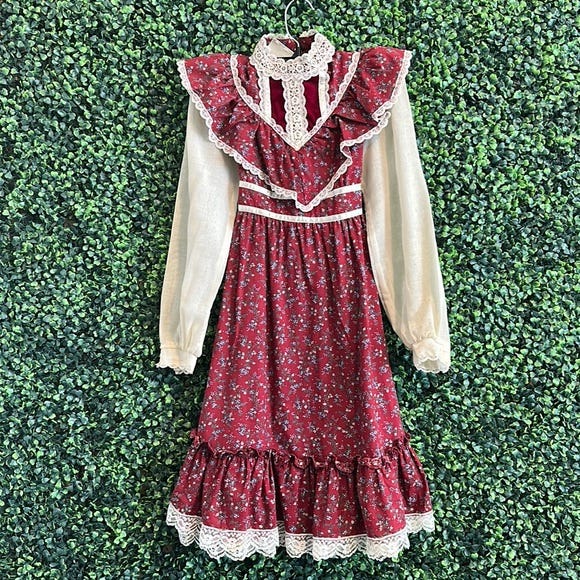Against "Gender Expression"
The ill-conceived meshing of style and "gender identity"
When I was five, my greatest material desire was for a Gunne Sax dress. These were what the wealthier girls sported: wedding cake layers of floral fabric and ribbons, as frilly and feminine as could be. It was the 1970s version of an iridescent Elsa gown.
Why did I want it? Perhaps because we couldn’t afford one, and I knew that. Perhaps because it was what the girls with married parents and nice homes had; it signified the life I wanted. Or maybe I just liked it? It was very Little House on the Prairie-ish, and that show, to a generation of young girls, was everything.
But today, were I a young girl wanting that dress—or, more likely, were I a young boy wanting that dress—that desire would be categorized as “gender expression.”
Some examples of how gender expression is defined in educational materials, media guides, therapy outlets and activist websites.
Gender expression is how someone outwardly presents their gender to the external world.
Gender expression allows an individual to embrace their authentic self and share it with the world.
External appearance of one's gender identity, usually expressed through behavior, clothing, body characteristics or voice, and which may or may not conform to socially defined behaviors and characteristics typically associated with being either masculine or feminine.
How a person presents gender outwardly, through behavior, clothing, voice or other perceived characteristics.
I take issue with this notion—that the way someone looks or behaves is an expression of gender or gender identity, for a variety of reasons.




